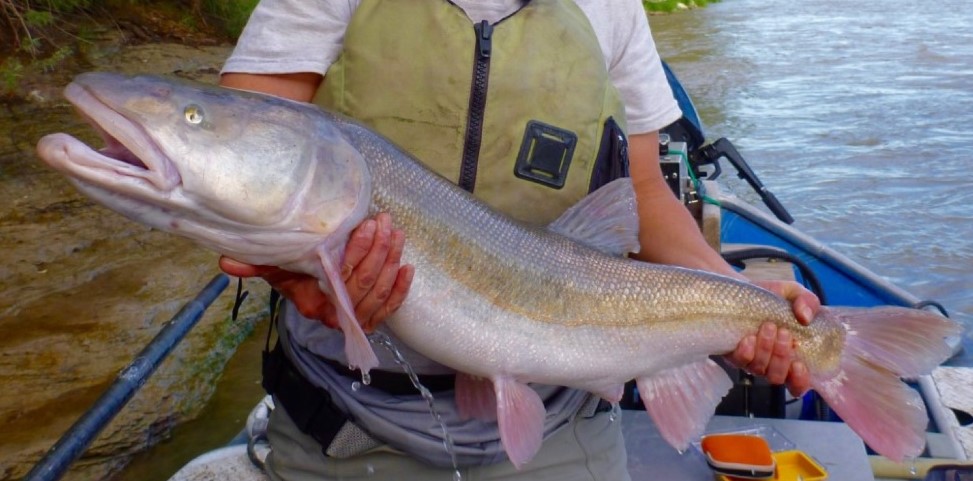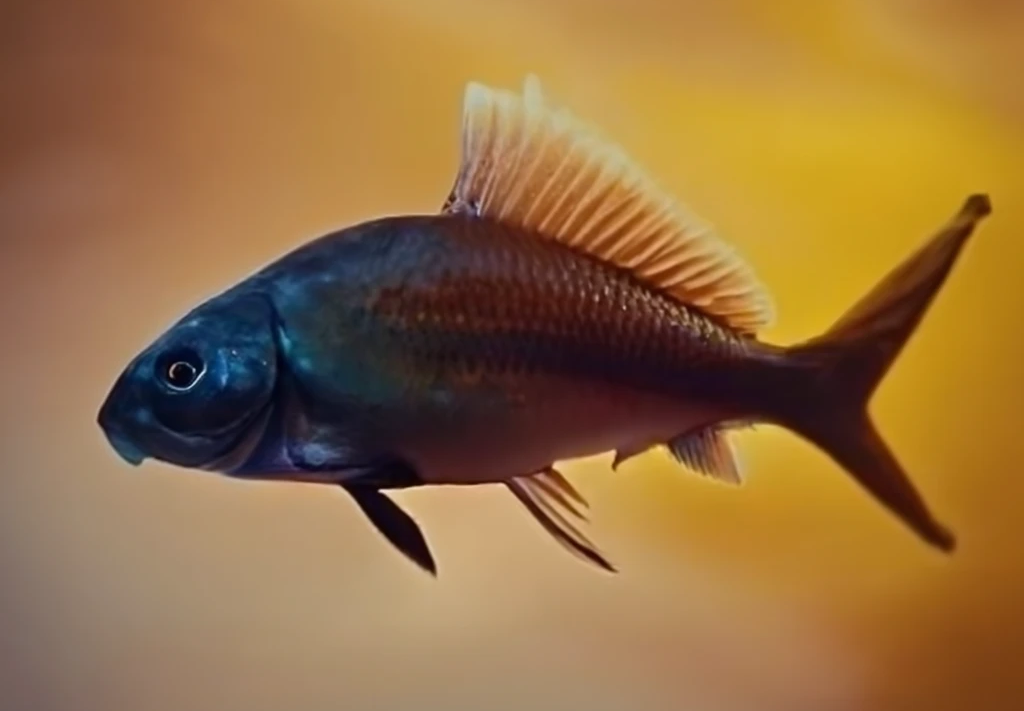How Much is an Endangered Fish Worth?
by RANGE magazine contributor Greg Walcher
Several years ago, I wrote about what I thought must be the world’s most valuable fish. It was not a collectable aquarium fish, though buyers will pay $1,000 for an orange and purple striped Candy Basslet, and $2,500 for a Wrought Iron Butterflyfish. No, it was the rainbow trout in Washington’s Yakima River, estimated by the Bureau of Reclamation to be worth $27,000 each.
The absurd number was used in the agency’s cost-benefit analysis of the Yakima Basin Integrated Plan, a water-management project to expand available water supplies in several reservoirs. The Bureau offset its $4 billion cost with inflated estimates of the “non-use value” of fish, and thus the $27,000 trout. I poked fun at the Bureau, chortling about the world’s most valuable fish. It turns out I wasn’t even close.
The big money now is in endangered species – not to purchase them for aquariums (that would be illegal), but to recover them in the wild. A recent congressional hearing shed new light on the cost of recovery plans for numerous endangered species, and to put it mildly, there was sticker shock among the congressmen, staffers, and reporters. One headline read, “Meet the $2.8 billion frog,” and another asked “Have you heard about the $124 million salmon?”
Few people ever read the many annual reports the U.S. Fish and Wildlife Service (USFWS) is required to produce, one of which tracks the money spent on every species on the federal endangered list. Perhaps ironically, it’s an annual requirement, but the Biden Administration has yet to publish one. Anyway, the most recent report, published for 2020, shows government agencies spent $1.246 billion on recovery projects for some 1,700 listed species. But that wasn’t the eye-opening fact in the hearing. Congressmen already know how much money USFWS spends, or at least they should, since they vote to appropriate it every year.
The shock came when questions were asked about the potential future costs, that is, the price of full implementation of all the recovery plans – the cost of removing these species from the endangered list. In one already-famous example, USFWS estimates that recovering the Oregon spotted frog will take 40 years and cost $2.8 billion. An agency official calmly explained that “For most listed species, recovery is not a quick fix and requires coordinated efforts and commitments from many stakeholders over many years.” Experience certainly proves that, but how much commitment over how many years?

Several recent USFWS draft recovery plans show astonishing costs, including $256 million for the red wolf, $103 million for the Taylor’s checkerspot butterfly, and a combined cost of $6.5 billion for 44 listed Hawaiian species like the picture-wing fly and the Lanai tree snail. My attention, though, was drawn to the estimated cost of recovery plans for the four Colorado River endangered fish. Since their habitat is the same, the costs are similar, and the Colorado pikeminnow, once known as squawfish, has a recovery plan estimated at $179 million, and a 15-year timeline. That’s interesting because as head of the state department of natural resources, I served on the “Implementation Committee,” the governing body of the Upper Colorado River Endangered Fish Recovery Program from 1999-2004 – and I can attest that the Program has already spent considerably more than that. The Program was more than a decade old when I became a committee member and had already spent $100 million. It was about to expire and the first order of business in 1999 was convincing Congress to reauthorize it for another decade and appropriate another $100 million. That has recurred at least twice since then, so if success could be declared in only another 15 years, I would probably be happy – but another $179 million?
The 2019 expenditure report shows that the government spent barely over $3 million on Pikeminnow recovery efforts. Similarly, it spent only a fraction of its estimated recovery costs of the other three Colorado River endangered fish: $4.1 million for the Humpback chub, $3.6 million for the Bonytail, and $4.6 million for the Razorback Sucker. At that rate, recovery of these species would take 40-50 years, not 15, and that’s assuming no inflation.
Is so little progress being made because they don’t have enough money, or because so much is spent on staff, committees, meetings, studies, and reports? After 35 years of Colorado River fish projects, there are still virtually no Pikeminnow in the entire Lower Basin (below Lake Powell), a only few thousand in the Upper Basin.
A 2018 status assessment estimated the fish program’s cost at $626 million, in 2003 dollars – that’s just over $1 billion in 2023. That makes the Pikeminnow ten times more valuable even than the $27,000 Yakima rainbow trout.


